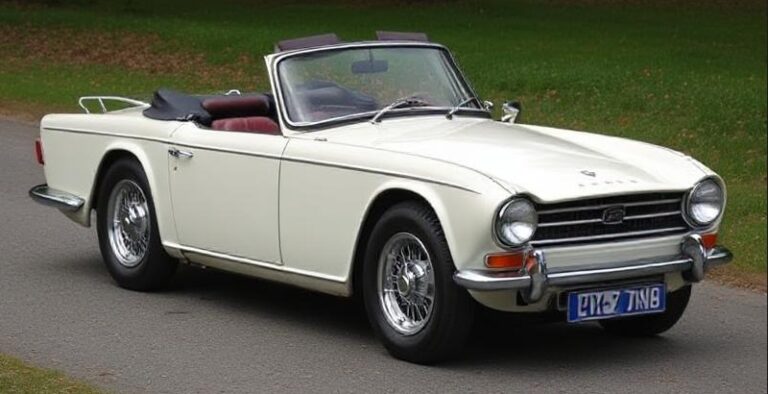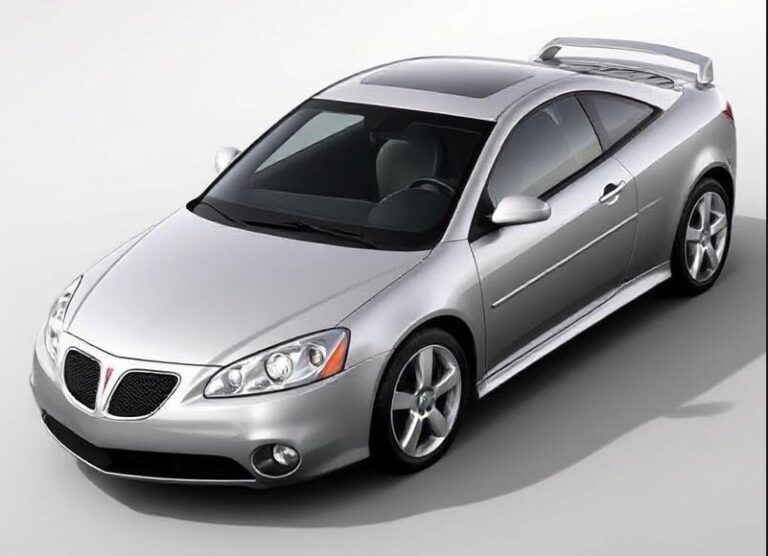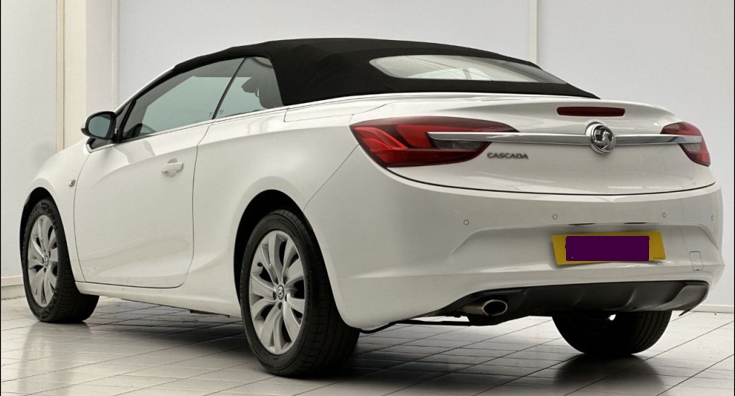The Evolution of the Jaguar XJR
The Jaguar XJR stands as a symbol of British luxury, performance, and engineering ingenuity. Over the decades, this high-performance variant of Jaguar’s flagship sedans has evolved significantly, embodying technological advancements, design refinements, and a deepening of the brand’s sporting heritage. This article provides a detailed examination of the Jaguar XJR’s evolution, including production years, models, and trim levels from its inception to the present day.
Origins and Early Years (1994–1997)
Introduction of the XJR (X300 Series)
The Jaguar XJR’s story begins in 1994 with the launch of the X300 series, which marked a significant evolution from the previous XJ models. The X300 was introduced as a mid-cycle refresh of the XJ series, featuring improved aerodynamics, a more modern design, and enhanced performance.
XJR (X300, 1994–1997)
- Model Year Range: 1994–1997
- Engine: 4.0-liter AJ16 inline-six engine
- Power Output: Approximately 290 horsepower
- Performance: The XJR variant was equipped with a performance-tuned version of the 4.0-liter engine, featuring revised intake, exhaust, and suspension components. It could accelerate from 0–60 mph in around 6.2 seconds.
- Features and Trim: The XJR was distinguished by sportier suspension settings, unique 16-inch alloy wheels, and subtle exterior cues such as a rear spoiler, side skirts, and “XJR” badging. Inside, it offered upgraded leather upholstery, sports seats, and a more aggressive driving experience.
This initial XJR model set the foundation for the high-performance Jaguar sedan lineup, emphasizing a balance of luxury and sportiness.
The X300 Era (Late 1990s)
During the late 1990s, the XJR remained relatively unchanged but continued to be a popular choice among enthusiasts seeking a blend of comfort and performance. Production continued until the introduction of the next generation.
The X350 Series (2003–2009)
Revitalization with the X350 (XJ (X350))
After a hiatus, Jaguar reintroduced the XJR as part of the all-new X350 series in 2003. This generation marked a substantial step forward in technology, design, and performance.
XJR (X350, 2003–2009)
- Model Year Range: 2003–2009
- Engine: 4.2-liter AJ-V8 supercharged V8
- Power Output: 400 horsepower
- Performance: The supercharged engine allowed the XJR to accelerate from 0–60 mph in approximately 4.9 seconds, making it one of the fastest sedans of its class at the time.
- Trim and Features: The XJR was distinguished by aggressive front bumpers, a rear spoiler, 20-inch alloy wheels, and quad exhaust outlets. Inside, it featured high-quality leather, wood trim, sport seats, and an upgraded audio system. The suspension was sport-tuned for sharper handling.
Special Editions and Variants
- During this period, Jaguar offered various packages that included upgraded wheels, premium audio, and luxury options, but the core XJR remained the flagship high-performance model within the XJ lineup.
The X358 Series (2010–2019)
The Modern XJR (X358)
The next significant evolution occurred with the X358 series, introduced in 2009 for the 2010 model year. This generation featured a complete redesign, incorporating modern technology, refined styling, and advanced performance features.
XJR (X358, 2010–2019)
- Model Year Range: 2010–2019
- Engine: 5.0-liter AJ-V8 supercharged V8
- Power Output: Initially 510 horsepower (Later models increased to 550 horsepower)
- Performance: The XJR from this era was capable of 0–60 mph in approximately 4.4 seconds, making it one of the swiftest luxury sedans.
- Trim and Features: The XJR was distinguished by its sporty front grille, unique badging, quad exhaust outlets, and 20-inch alloy wheels as standard. Inside, it boasted a luxurious cabin with premium leather, advanced infotainment, and driver-assistance features.
Evolution within the X358 Series
- 2014 Facelift: The 2014 refresh brought subtle styling updates, improved infotainment systems, and performance enhancements, including a slight power bump to 550 horsepower.
- Special Editions: Jaguar occasionally released limited editions, such as the XJR Portfolio, which added exclusive interior trims, bespoke paint options, and unique badging.
- Performance Models: The XJR was also available with optional performance packages, including adaptive suspension, sport exhausts, and larger brakes, emphasizing its sporty character.
The F-Type and Modern Variants
While the XJR remained the flagship high-performance sedan, Jaguar expanded its lineup with other performance models, including the F-Type sports car and the XE and XF models with high-performance trims. However, the XJR retained its position as the ultimate performance iteration of the XJ series.
.
THIS might be a great place to get your new car from!
Or for those who are into the “car flipping” business, here’s an excellent resource for you!

.
Discontinuation and Legacy
In recent years, Jaguar shifted focus toward electrification and SUVs, leading to the discontinuation of traditional XJ models after the 2019 model year. The last XJR models produced during this period remain highly regarded for their blend of luxury and performance.
Summary of Models and Trim Levels
| Generation | Years Produced | Notable Models/Trims | Key Features |
|---|---|---|---|
| X300 (XJ40/XJ81) | 1994–1997 | XJR (Standard, Sport) | 4.0L inline-six, sport suspension, “XJR” badging |
| X350 (XJ (X350)) | 2003–2009 | XJR | 4.2L supercharged V8, luxury and sport packages |
| X358 (XJ (X358)) | 2010–2019 | XJR, XJR Portfolio | 5.0L supercharged V8, 510–550 hp, special editions |
Conclusion
The Jaguar XJR’s evolution reflects a continuous pursuit of blending luxury with exhilarating performance. From its modest beginnings in the mid-1990s with the X300, through the technological leaps of the X350, to the aggressive, modern stance of the X358 series, the XJR has maintained its status as a distinguished high-performance sedan. Although production has ceased, its legacy endures among enthusiasts and collectors, embodying Jaguar’s commitment to craftsmanship, innovation, and driving thrills.
Note: For enthusiasts interested in purchasing or restoring a Jaguar XJR, it’s essential to consider the specific model year, available features, and maintenance history, given the significant technological differences across generations.







